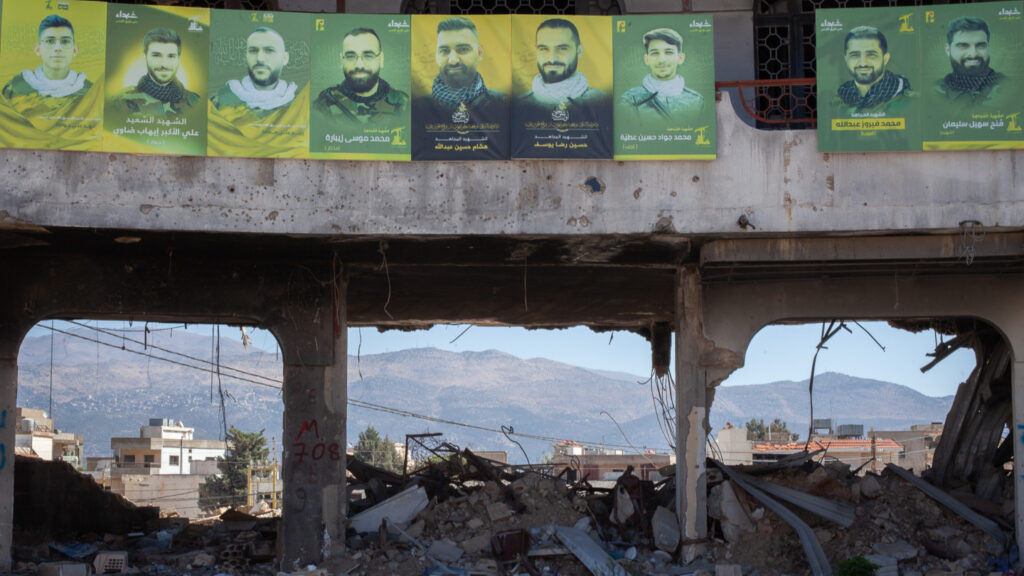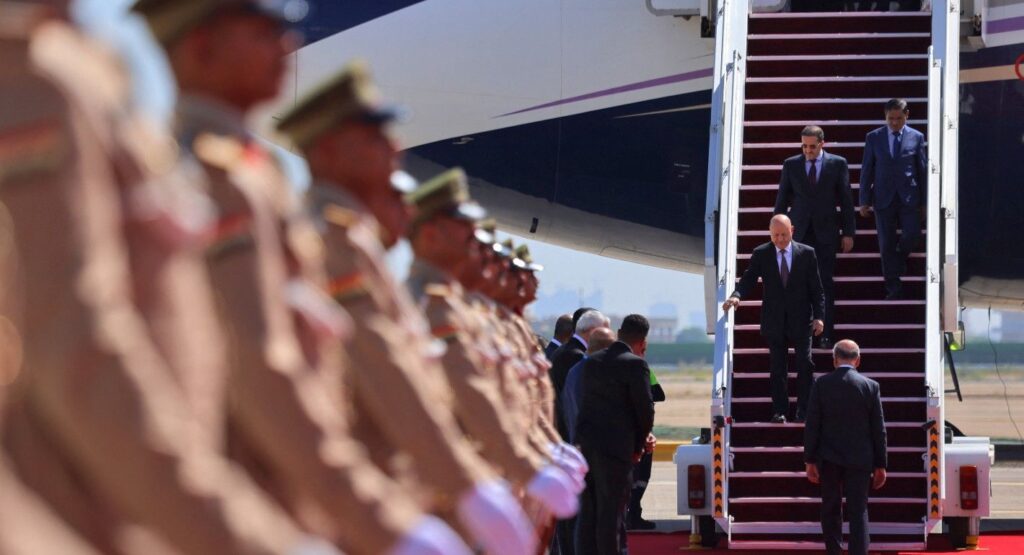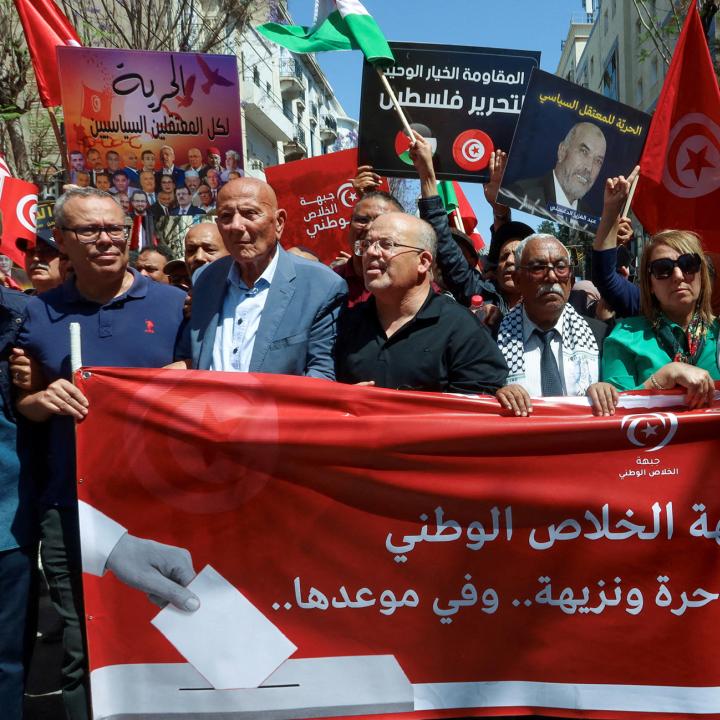Mapping Gulf State Actors’ Expanding Engagements in East Africa
Gulf state actors are expanding their engagements in critical infrastructure, ports, and the security sector in East Africa as they seek opportunities and compete for influence—reshaping the investment and political contours of the region.






